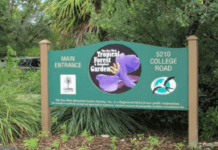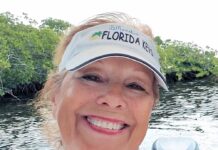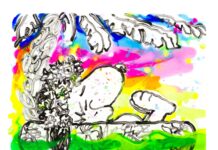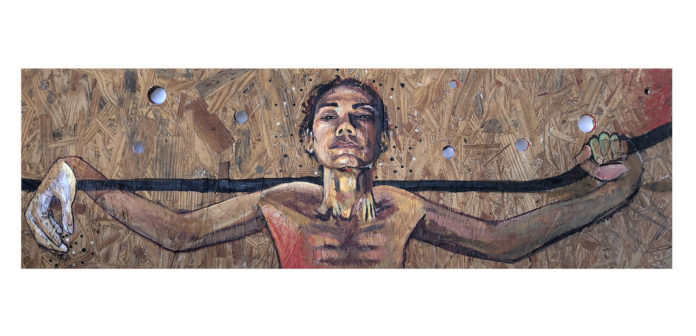
Real talk? Key West is a sincere bastion of acceptance and tolerance. We’re the home of “One Human Family” and we generally invite everyone to the table with open arms. That said, there’s a difference between acceptance and opportunity, between tolerance and celebration. The only fault to be found in Key West’s open-minded outlook is that it tends to border on so-called “color blindness.” It’s not really a good thing when people “don’t see color.” If we don’t recognize differences, how are we to celebrate the unique elements — culture, tradition, language, history — of someone’s identity? How can we understand that someone else may have traveled a different path to reach the same place we’re standing? At best, it’s isolating and at worst, the ideology invalidates discriminatory experiences and reinforces stale manifestations of racial divides (I can see who you are in spite of your race). None of us wants that, right? Ok, agreed. Back to sunny Key West…
On any given night in high season, Key West stages are running concurrent plays, concerts and events. There are packed houses all over town as people juggle multiple commitments on a single evening (OK, 6 p.m. reception, 7 p.m. dinner, 8 p.m. show — go!). But most of those stages and gallery walls are lacking … well, color. If we’re to recognize racial presence, we must also recognize its absence. There are reasons to explain the disparity — smaller demographic groups from which to pull, less outreach, etc. — but those reasons ultimately begin to feel like excuses.
Fortunately, Key West has always been a willing participant, and in this case, is hopefully willing to put in the work to make some changes. Whether it’s a local shift in consciousness, or a greater tide that’s washing up on Key West shores, we’ve seen, over the past few seasons, more black actors take the stage and more artwork by people of color filling gallery walls. The questions remain, though — is there enough color in the Key West art world, and if not, what can be done to manifest it?
Of course, the root cause of any lack of visibility or opportunity differs depending on whom you ask. Artist Rhonda Bristol feels the issue is, unfortunately, ubiquitous to arts communities and not unique to Key West. The Boston University-trained native New Yorker bases her prolific practice in Jacksonville, despite the fact that she has lived in Key West since 2014. When asked if the island provides a platform for artists of color, her answer was a resounding “no.” Bristol said, “The city needs to lead the way and connect with artists of color living in Key West, the Lower and Middle Keys.” Despite her frustration, though, Bristol remains present and involved in her adopted city.
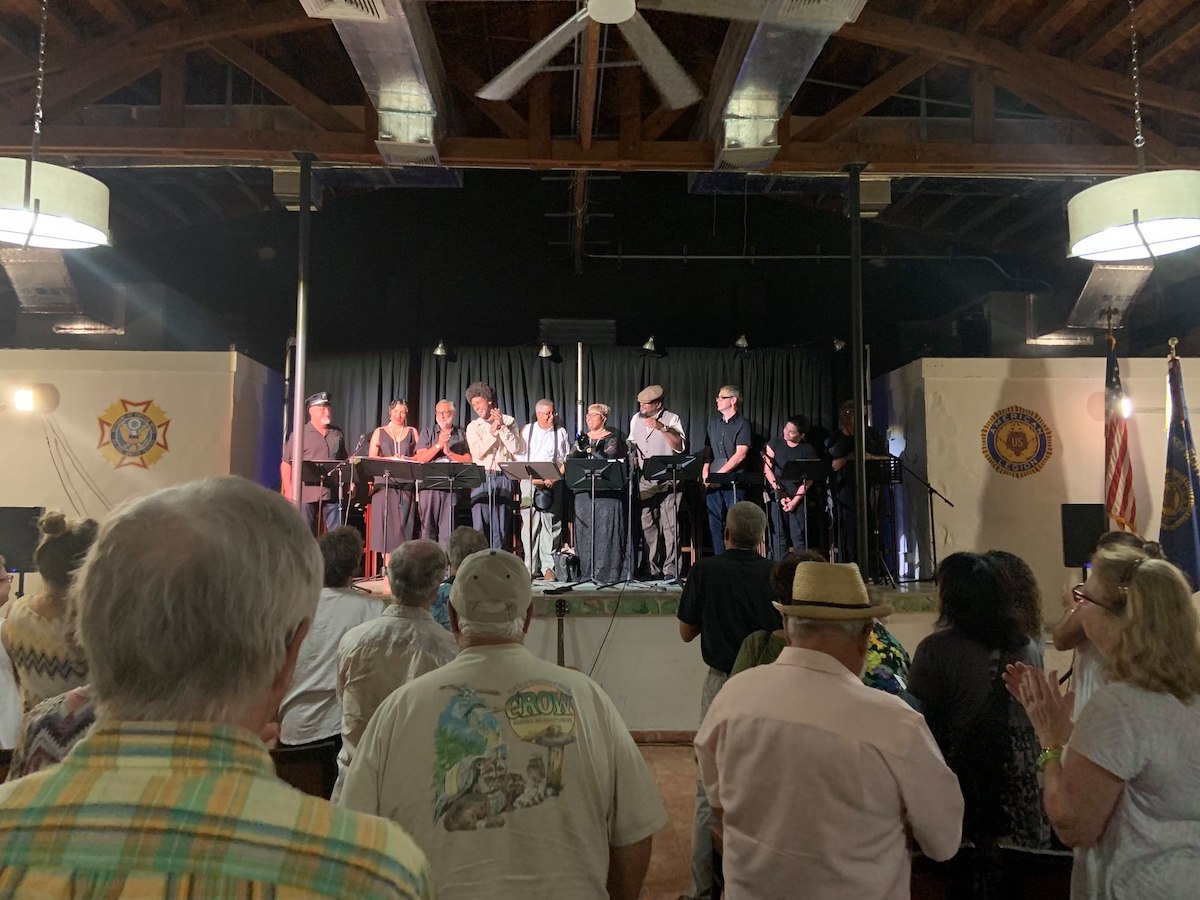
Wilhelmina Lopez-Martin occupies the other end of the spectrum. Lopez-Martin has recently become a fixture of the theater scene in Key West (even if her modest nature prevents her from saying so). Last year, she directed an all-black cast for Fringe Theater’s production of August Wilson’s “The Piano Lesson.” This season, she played the leading role in another production penned by the same playwright. For Lopez-Martin, this opportunity was the first time the theater world popped up on her radar. Once she took notice, it occurred to her that most black actors on Key West stages were coming from out of town. Wishing to “see more familiar faces,” she’s now seeking to bring local would-be actors into the fold. For Lopez-Martin, it’s about being the impetus for change. “If I want to see more, I have to put more of myself out there. It’s easy to sit back and say, ‘there’s nothing out there for me.’” So far, she’s been met with enthusiasm. “Everyone I’ve asked is excited about it,” Lopez-Martin said. Undoubtedly, the move will reach new audiences as families and friends flock to see their loved ones take the stage. When asked about receiving the initial proposition to direct a show and whether she was concerned about being tokenized, she responded that to the contrary, it was an affirmation. “It’s an honor. For me, it tells me that no, we haven’t been forgotten.”
Visual artist Sally Binard falls squarely in the center of the conversation. Binard’s own work deals with the tension she feels as a biracial artist — that is, the pull between one’s identity in the eyes of others and the one she chooses for herself. Her latest solo exhibition, opening at The Studios of Key West in April, features intensely personal work that touches on her racial and cultural history. It’s Binard’s way of “sharing a private dialogue about the effects of allowing others to decide for you, what and who you are.”
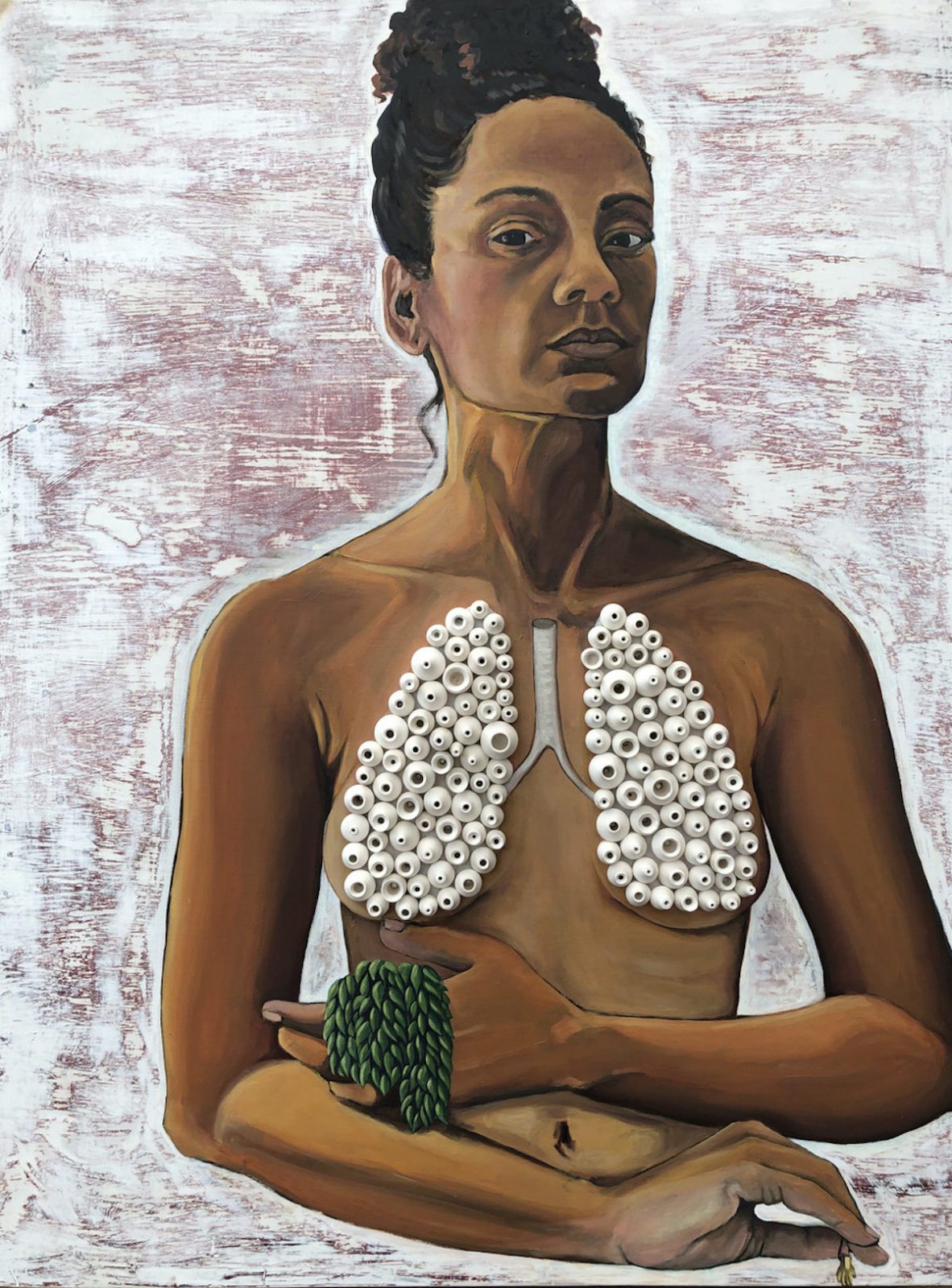
In terms of the broader racial climate of the Key West arts scene, Binard feels that “the platform exists, but it’s not a conscious platform that has traditionally sought out artists of color.” She still finds most of her artistic opportunities, and a broader audience for work dealing with racial topics, outside of Key West, in larger cities. Her perception, though, is that things are shifting, albeit slowly. “I’m definitely seeing some events that pop up from time to time that make me think efforts are being made to get more representation for art and history of color.” A bulk of her optimism lies in the demographics of Key West, something she’s seen change for the better in the last decade. “I think the separation of communities is still an issue, but the landscape has changed. Just the Haitian population alone, for example, post-earthquake, has changed the face of the island.” She also points out that while she’s not a fan of the cruise ship industry, she’s noticed “a big shift in the demographics of who’s visiting the island.”
A tourist-fueled economy, like Key West’s, must consider these issues looking at representation of locals, but also of visitors, and of players as well as audience. The natural place to start is with conversation — by removing the systemic racial disparities of “color blindness” and creating a space for honest and vulnerable dialogue. As Supreme Court Justice Harry Blackmun famously wrote, “to overcome racism, one must first take race into account.”


















